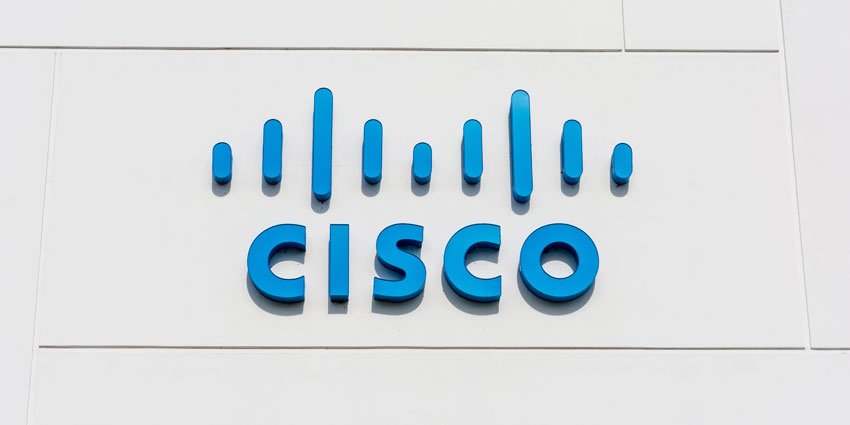Omni-channels aim to provide businesses and brands with a cross-channel content strategy that is used to improve the user experience of their customers. They work by driving improved relationships with an audience across multiple points of contact, meaning that rather than working in parallel, these communication channels and their supporting resources are in fact designed and orchestrated to cooperate.
The idea stems from integration. And this can be between distribution, promotion and communication channels in any business. An example of this could be call centre agent but referring a query elsewhere in the business. Both parties would essentially be able to immediately reference the customer’s previous purchases and preferences to answer the query.
Recent reports show businesses that have transitioned their CX to WhatsApp recorded a 19% decrease in contact centre calls. Though significant, the more shocking figure was the 41% satisfaction result that came with the transition. Though the WhatsApp channel agent is by far one of the more successful resources out there in providing quality CX, there are others to choose from, such as Chatbots and of course social media.
Social selling
Selling a product or concept through social media is one major omni-channel trend for this year. Consumers not only spend a third of their browsing time watching videos but the COVID-19 pandemic saw major shifts to the buying attitudes of customers, with a 43% spike in customers turning to online retail from September last year. The ongoing battle with the pandemic and the vaccine rollout is expected to see this figure further increase over time. Recent data also shows customers are up to 85% more likely to buy a product when they have viewed a video about it. Yes, selling a product through video content is a method that has been around for years, but new technology in the form of omni-channels allows brands and businesses to monitor video-sales data across multiple channels.
Brand Community
It’s impossible to ignore the social and psychological effects of the pandemic. Pollster Gallup recently reported disconnectedness to family and friends among the 18–34 age group during lockdowns in the US, This means customers are actively seeking out a community to be part of. More brands than ever are using the power of social media to form, build and maintain their communities, with the trend of doing so expected to continue well into 2021.
Applying Customer Data Offline
Each and every customer has a lifetime value, making the customer journey all the more important, particularly in the so-called ‘new normal’ we find ourselves in. Mixing omni-channel marketing with ever-improving technology will make it simpler to measure and record all customer data in terms of lifetime value. It’s a well-known fact that customers will research a product online before adding it to their cart. But increasingly, customers apply the exact same logic to their offline experience. Up to 59% of customers want a product even before making an offline purchase, according to research from Google.






